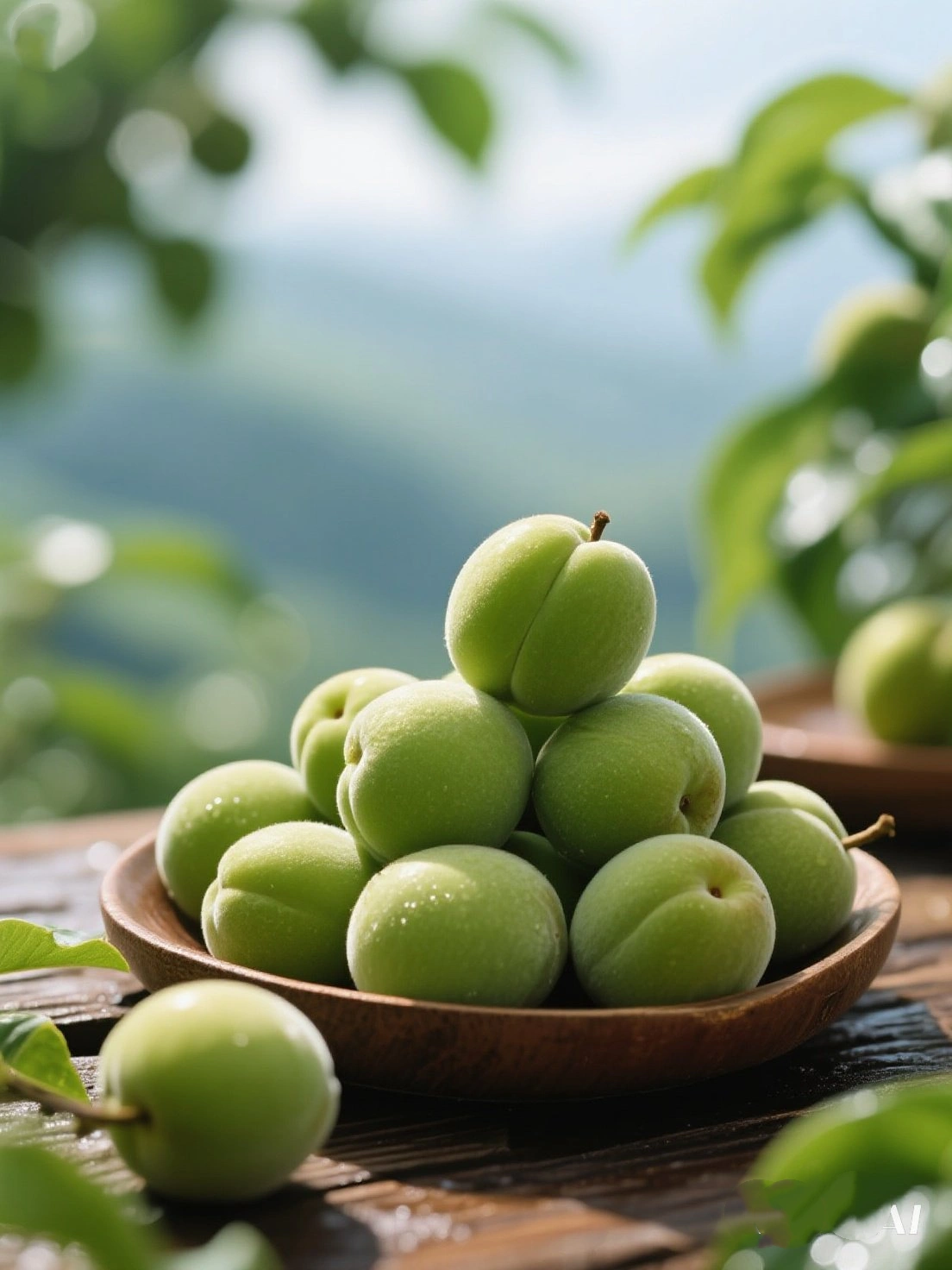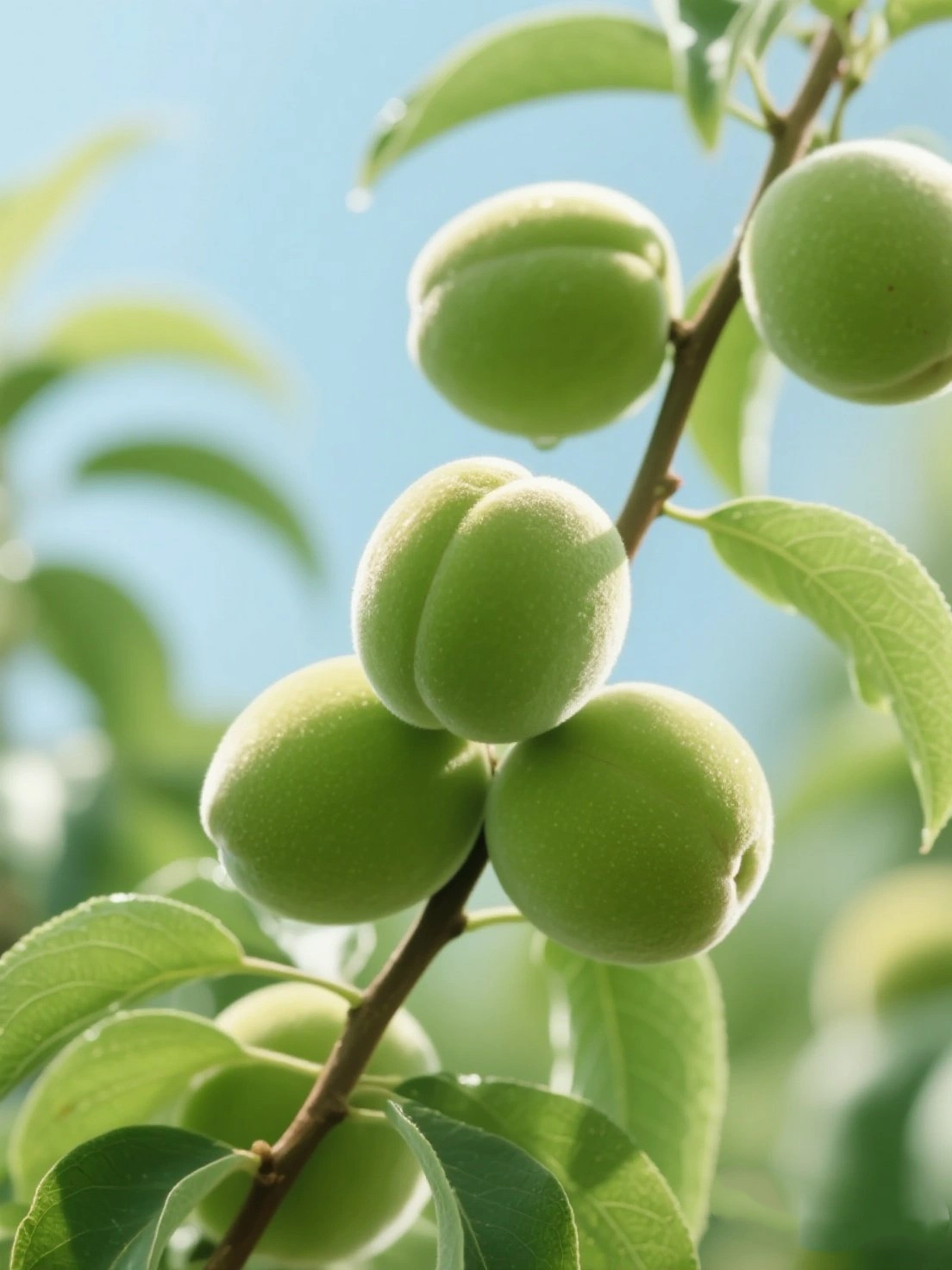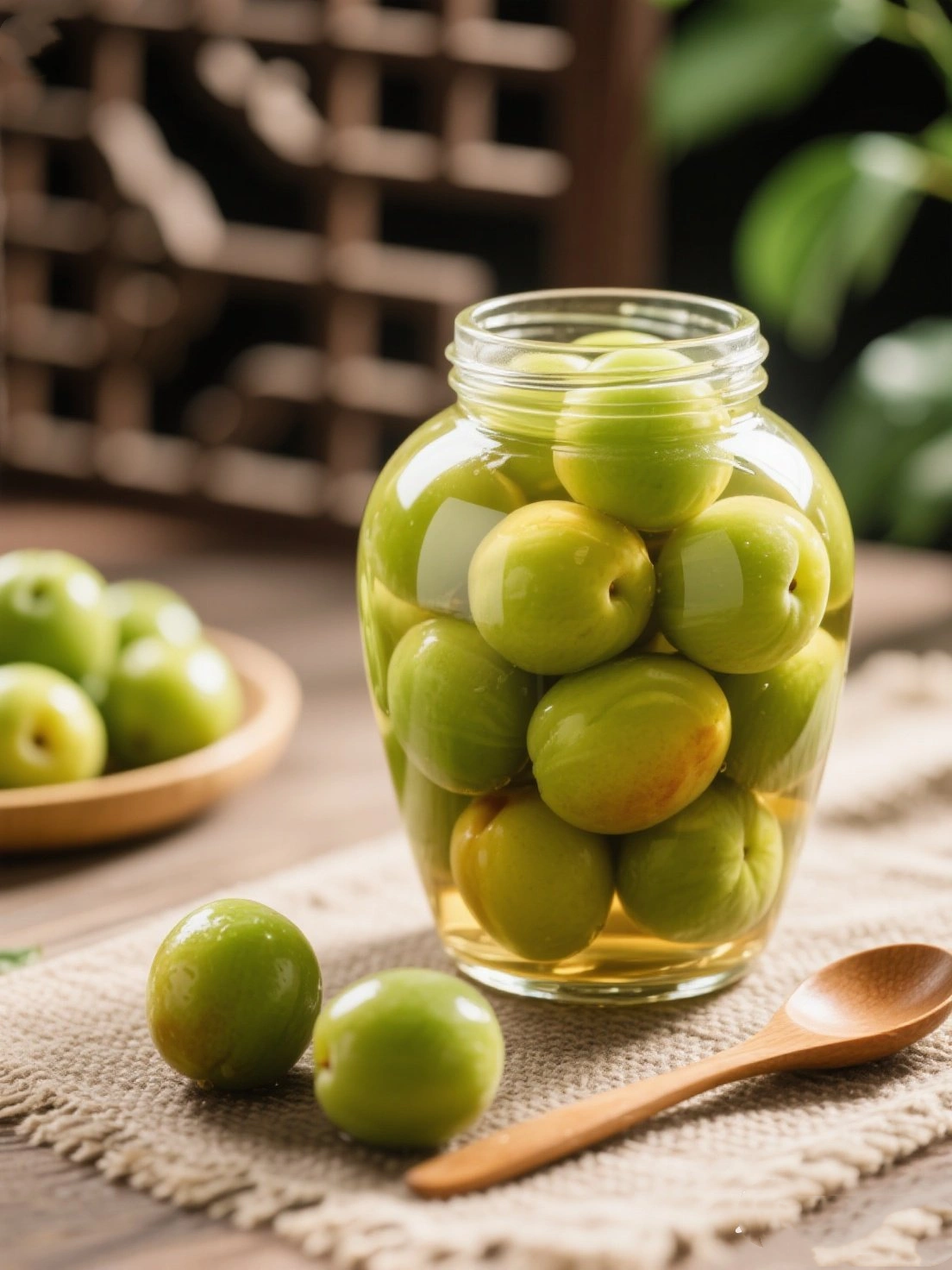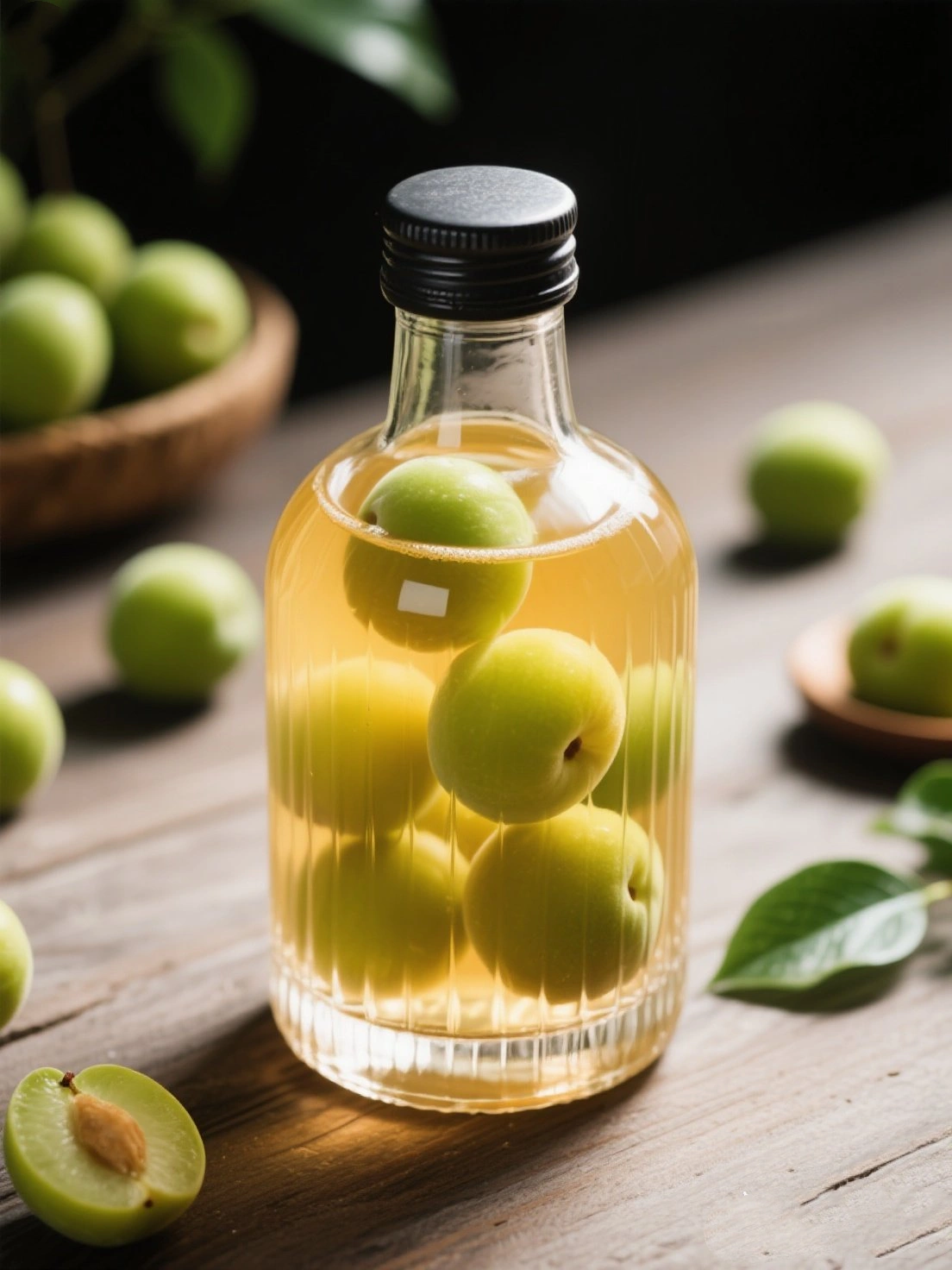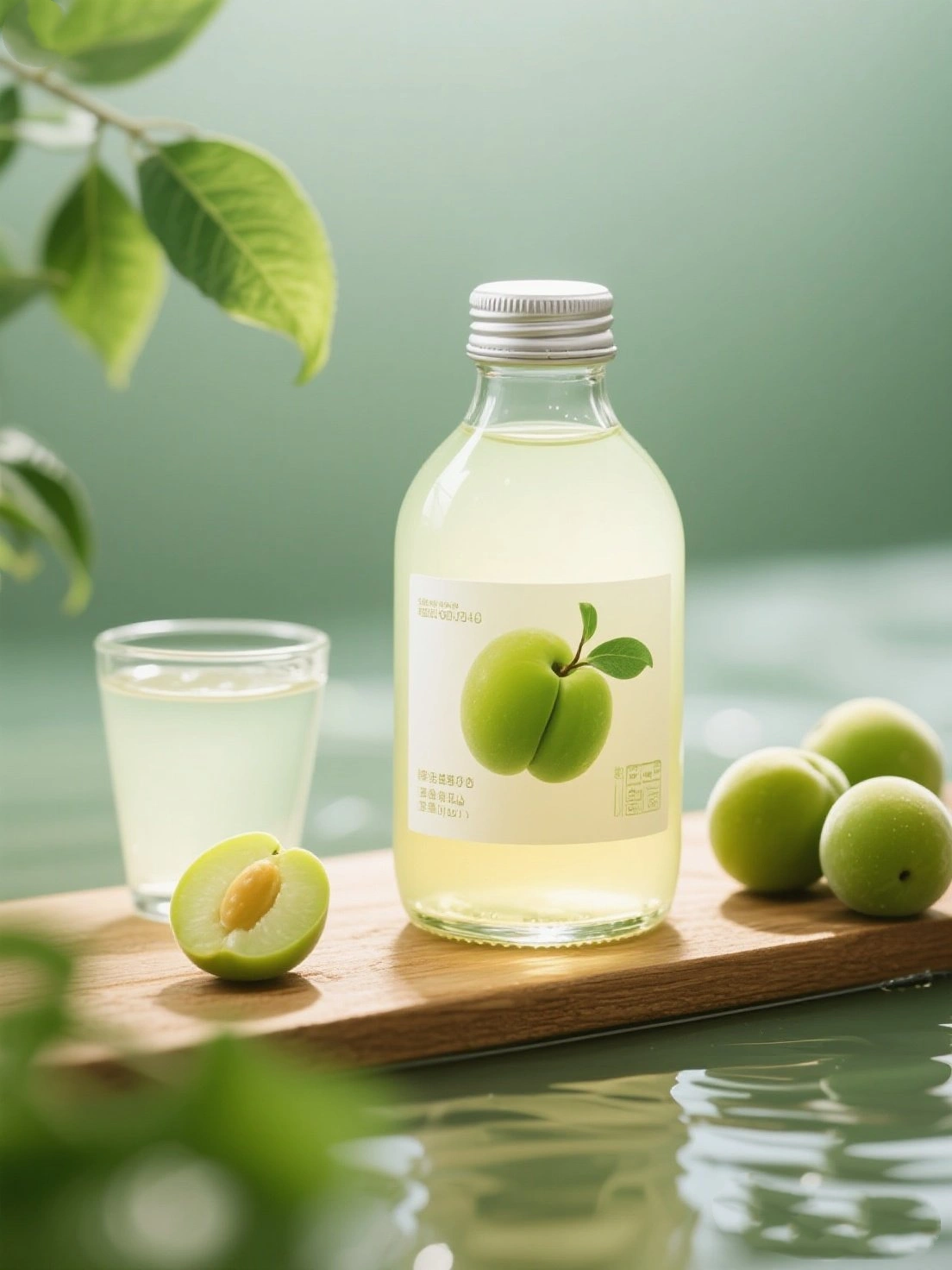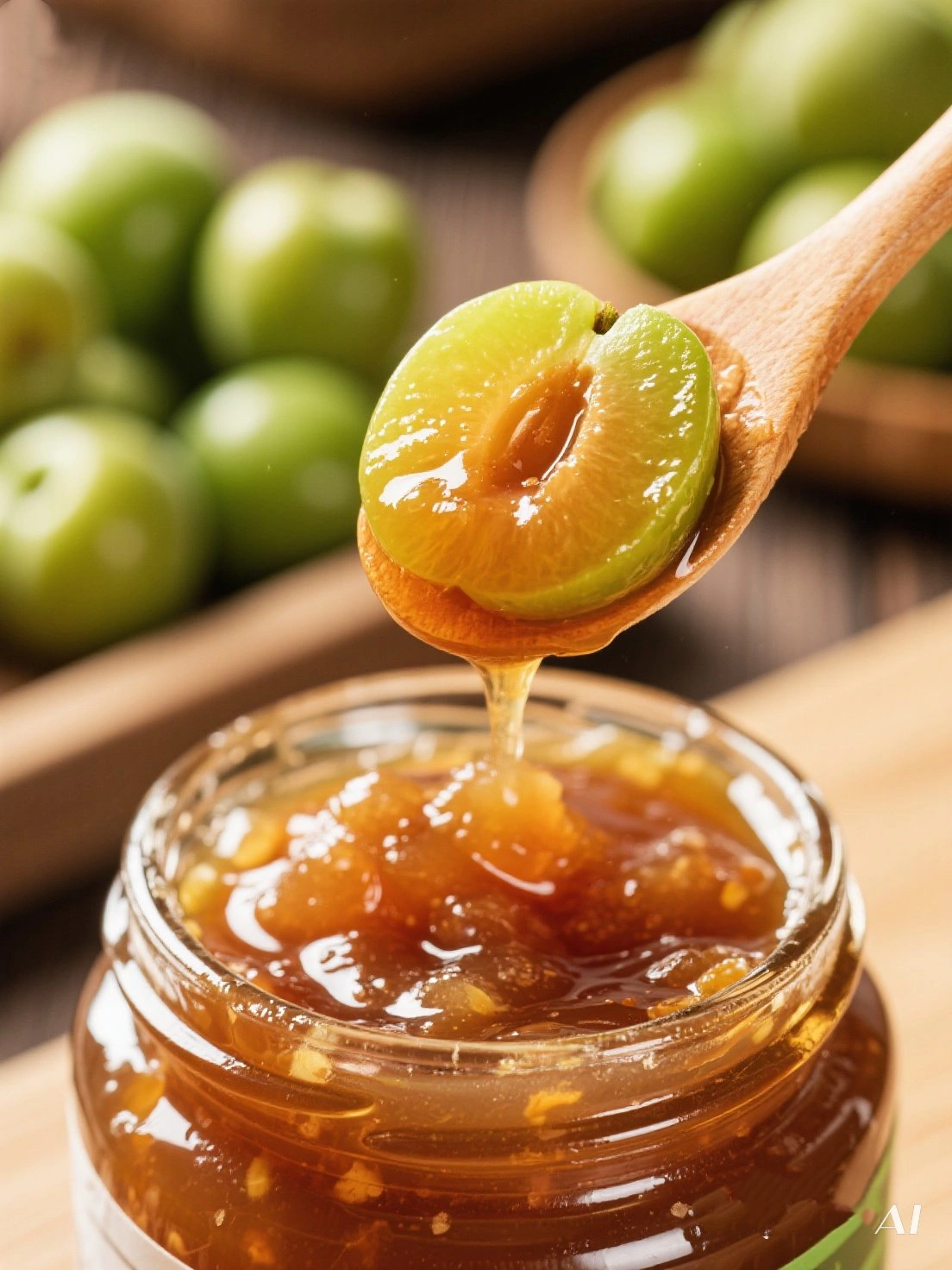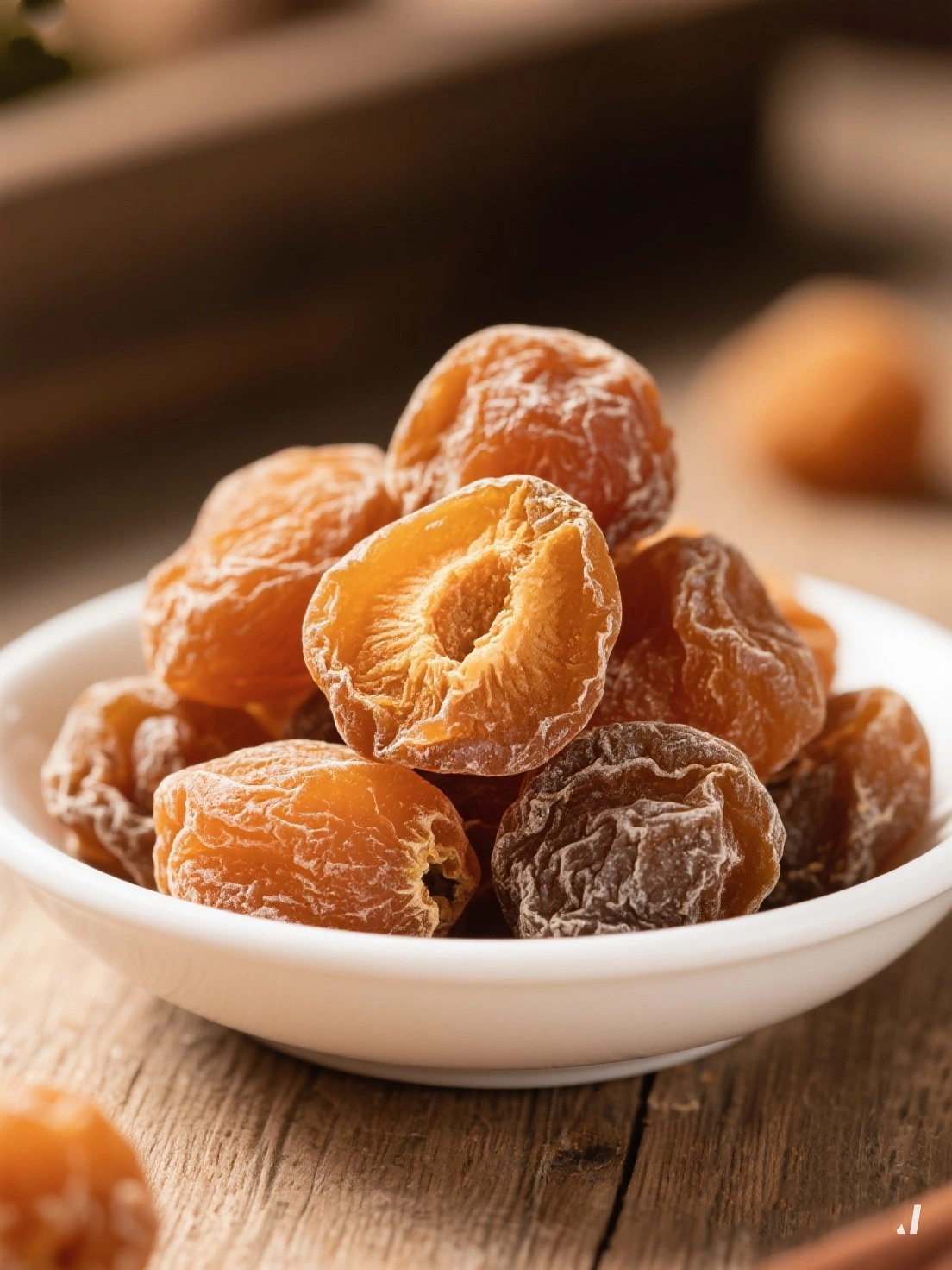Green plum (Prunus mume)is a traditional fruit that has been cultivated in China for over 3,000 years. Native to the Yangtze River region, green plums hold a special place in Chinese culture, appearing in poetry, art, and traditional medicine. Unlike sweet plums, green plums are harvested while still unripe and tart.
In Traditional Chinese Medicine, green plum is considered sour, astringent, and cooling. It is used to promote digestion, relieve thirst, and combat fatigue. The famous "wumei" (smoked plum) is a key ingredient in many TCM formulas for digestive issues. Ancient Chinese texts record green plum's use for food preservation, alcoholic beverages, and medicinal preparations.
Today, China remains the world's leading producer of green plums, with major growing regions in Guangdong, Fujian, Zhejiang, and Jiangsu provinces. Modern research has validated many traditional uses, particularly green plum's ability to stimulate digestion and its high antioxidant content. The fruit is rarely eaten fresh due to its extreme tartness but is transformed into various preserved products.
